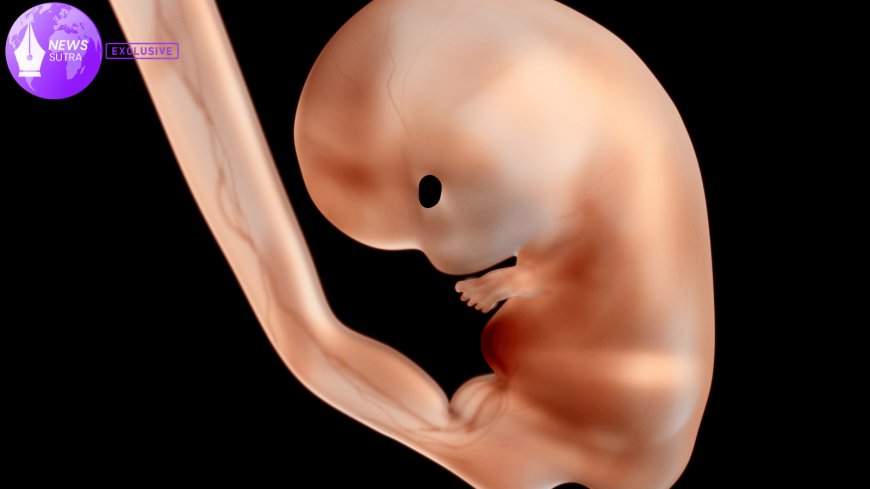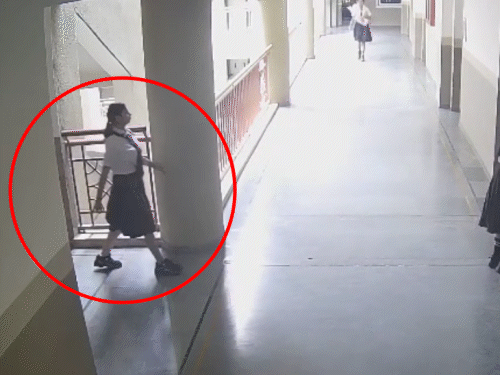Cracking the Code of Life: US Labs Unveil Human Embryo Implantation Breakthrough
U.S. researchers uncover breakthrough insights into human embryo implantation, paving the way for major advancements in IVF and fertility treatments.

In what scientists are calling a major leap forward in reproductive medicine, researchers at several leading U.S. laboratories have uncovered new insights into the mysterious and delicate process of human embryo implantation. The findings, described as “brute force” discoveries due to the sheer depth of cellular analysis involved, could reshape the future of in-vitro fertilization (IVF) and offer hope to millions of couples struggling with infertility.
A Hidden Window of Life
For decades, implantation has been known as one of the greatest bottlenecks in assisted reproduction. While fertilization of an egg outside the body has become routine since the late 1970s, getting that embryo to successfully attach to the uterine wall remains fraught with uncertainty. More than half of embryos fail to implant, leaving families heartbroken and scientists puzzled.
Now, researchers say they have mapped critical cellular interactions that occur in the earliest stages, offering what one IVF specialist calls “a magnifying glass into the most private moment of human biology.”
The Brute Force Approach
Unlike earlier studies, which relied heavily on animal models and indirect observations, U.S. labs have been using advanced single-cell sequencing and high-resolution imaging technologies to observe the exact molecular signals exchanged between embryos and the uterine lining.
Dr. Emily Carter, a reproductive biologist at Johns Hopkins, explained:
“We’re no longer working with models alone. We’re seeing, almost in real time, the biochemical handshake that determines whether life continues.”
This level of cellular scrutiny is what researchers refer to as a brute force approach—compiling immense datasets and running them through computational frameworks until patterns emerge.
IVF Implications in the U.S.
The United States has one of the largest IVF industries in the world, with tens of thousands of procedures performed annually. Yet success rates vary dramatically, often leaving patients financially and emotionally drained.
The new findings could change that trajectory. By identifying biomarkers that predict which embryos are most likely to implant, fertility clinics may soon refine their embryo selection methods.
Dr. Alan Rodriguez, a fertility specialist in New York, said the research could mark “the beginning of personalized IVF.”
“If we can match an embryo’s readiness with the uterine environment, the odds of success could double, maybe even triple.”
Such advancements may also lower the overall costs of IVF cycles, which can easily exceed ₹10 lakh per attempt.
Broader Scientific Impact
The implications extend beyond fertility clinics. Successful embryo implantation is also tied to pregnancy complications such as preeclampsia, miscarriages, and preterm births. Understanding the cellular cross-talk involved may unlock new ways to prevent these outcomes.
Moreover, researchers suggest that the breakthroughs could accelerate stem cell science, regenerative medicine, and even cancer biology. The invasive strategies embryos use to anchor themselves to the uterine wall are, at a molecular level, not unlike the processes cancers exploit when spreading.
Ethical Debates Resurface
But with scientific progress comes renewed debate. Some advocacy groups question whether closer manipulation of embryos could lead to new ethical dilemmas, particularly if labs begin using gene-editing tools in conjunction with implantation studies.
Bioethicist Karen Liu noted:
“The more we intervene in the very beginnings of human life, the greater our responsibility becomes. These discoveries are powerful—but they must be handled with care.”
What Happens Next
Federal regulators and research institutions are already discussing how these findings could be incorporated into clinical trials. While scientists caution that widespread clinical use is still years away, fertility specialists across the country are preparing for a paradigm shift.
As one senior researcher at the National Institutes of Health put it, “We’ve opened a door that can never be closed. The question now is: how do we walk through it responsibly?”
What's Your Reaction?
 Like
0
Like
0
 Dislike
0
Dislike
0
 Love
0
Love
0
 Funny
0
Funny
0
 Angry
0
Angry
0
 Sad
0
Sad
0
 Wow
0
Wow
0








































































